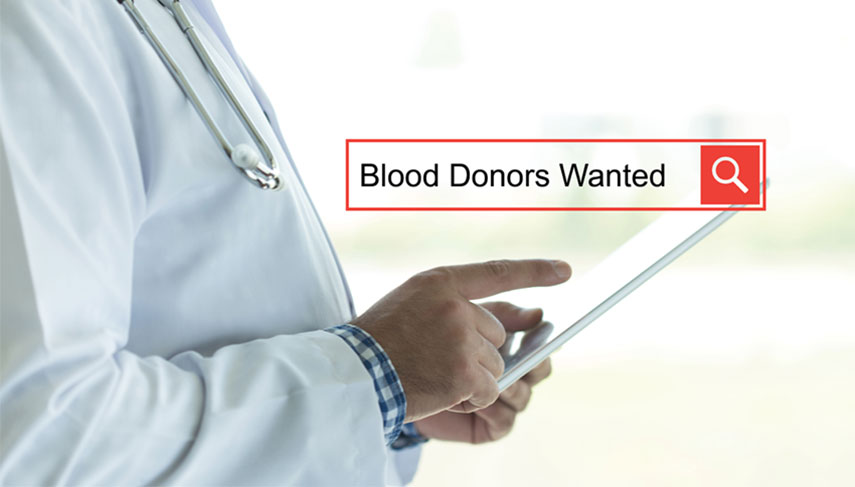Saving lives by donating blood sometimes feels over-exaggeration, and India remains the world’s most substantial shortage of blood, with all states together battling an enormous shortfall of 41 million units and demand outstripping supply by over 400%, says the primary of its kind study published within the journal The Lancet. There are some myths about blood donation that some men think that blood donation will affect their masculinity negatively and consistent with Dr. Pragya Shukla, ‘Women feel they can’t donate blood, it makes their system weak. Generally, women have low hemoglobin, also one among the explanations they stand back from blood donations.’ Moreover, during this pandemic, there’s an enormous shortage of blood and plasma. How are you able to use technology for blood donation?
- Applications/websites.
There are many applications/ websites on your mobile or desktop, including UBlood, which centralize the blood donation campaign. The one that wants to donate blood can connect through this app on their phone, and therefore the one who needs the blood can assess through application and obtain the right blood type. This is often the thing alike which is completed by UBlood. It’s one among the platform where the donors and therefore the receiver can connect easily during the tough time of COVID-19, and the one who is in need can get blood at a concise time and from the closest place possible.
- Storing it at the right place at the proper temperature.
Blood is typically stored within the refrigerator at 6 degrees for max 42 days. This wasn’t possible if the technology wasn’t advance, but thanks to the advancement of technology, blood can be stored for quite one month. Just in case of plasma, it’s frozen and may be stored for up to 1 year. For the treatment of COVID-19, generally, plasma is required because it contains the antibiotics.
- Plasma Therapy
It’s one among the treatment which is employed for the treatment of COVID-19. As per the reports, no drug has been proven to be safe and effective to treat patients affected by COVID-19 but, people who’ve recovered from COVID-19 have antibodies — proteins the body uses to repel infections — to the disease in their blood. The blood from people who’ve recovered is named convalescent plasma. The liquid portion of the blood is known as plasma.
4. Using of AI technology.
Artificial intelligence is one of the foremost vital aspects of today’s world.
When the Coronavirus broke down, number of governments took the help of AI
technology to recognize the people’s travel history and various other aspects that
might be acknowledged and help to prevent the virus from spreading. This AI
technology also can help for the blood donation camps, so there’s no danger of
transferring blood of an infected person.
5. Tissue Engineering
It could solve the whole issue of blood donation. Tissue engineering is flourishing with the constant and rapid development of digital technologies. Therefore the idea of liquid replacing the necessity for blood donation altogether isn’t a far-fetched thought. It’d be the direction into the longer term. The research the way to produce liquid means the look for finding ways the way to produce red blood cells.
6. Simplifying the process
One of the rationales to not donating the blood is it takes time; it’s administered with a needle, and sometimes the nurse or the phlebotomist finds the acceptable vein only after a while. Innovations, like Veebots because it combines the newest in robotics and imaging technology to ultimately speed up the method of drawing blood or inserting IVs. just in case of blood tests, the robot reduces the entire process to a few minutes, and tests show that they will correctly identify the simplest vein with approximately 83% accuracy. It’s about nearly as good as an experienced human phlebotomist. I can imagine that blood-drawing robots are going to be lined up for the optimization of blood donation within the future adequately.
7. Social media
For today’s world, social media plays a crucial platform to trend something in no time, and most of the people can react to that positively and at the earliest. What we will do is to require a blood donation campaign to social media to get leads and take the support of individuals. At the top, we will conclude that the first aim should be to save lots of lives and make awareness for blood and plasma donation.

